Research Interests
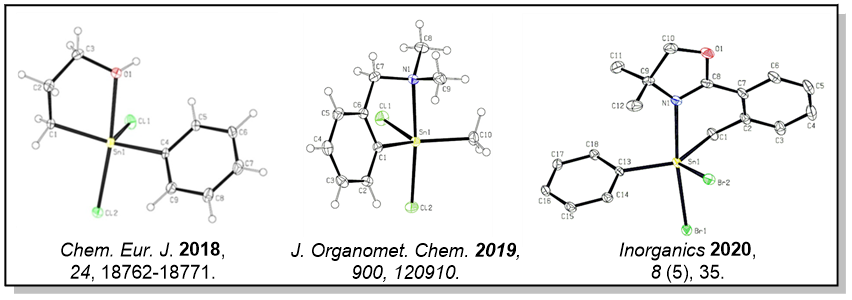
Project #1: Structurally Stabilized Polystannanes
Funding: NSERC Discovery (Ongoing)
The core research of my group over the last decade is to prepare new group 14 containing polymers, particularly polystannanes, that could function as molecular wires. Two pathways towards new tin materials have been discovered, including the promising preparation of air- and light-stable polystannanes that involve rigid and flexible dative tether groups. The first approach has identified 5-coordinate tin structural motif’s that display vastly improved stability to ambient conditions. These polymers are prepared in a series of steps converting dichlorides to tin dihydrides and polymerization via a suitable transition metal catalyst. The second pathway includes the discovery of a condensation route to alternating polystannanes via reactions of dialkyl- and diaryl-tin dihydrides with dialkyl tin diamides. This provides access to materials with push-pull properties.
Our work utilizes DFT when possible to support and understand the nature of the bonding in hypercoordinate small molecule stannanes and polystannanes. This work is done collaboratively with Dr. Stephen Wylie.
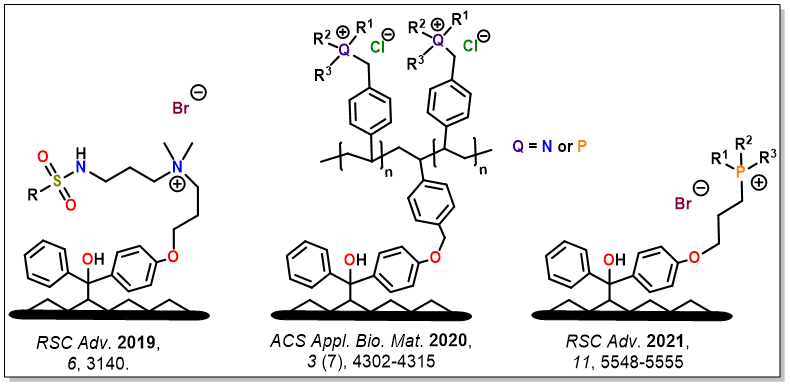
Project #2: Quaternary Onium Antimicrobials
Funding: NSERC Engage and Mitacs Accelerate
Industrial Partners: Bioshield Technologies Canada Ltd, Viaclean Technologies, J&K Scientific, Lukasz Porosa Industries
Our research has been focused specifically on the development of new proprietary quaternary ammonium and phosphonium antimicrobials with adhesion to difficult non-porous surfaces such as metals, glass, and plastics. Our intention is to identify new materials and strategies that lead to robust, tough pathogen resistant surfaces.
To date, we have developed an in-house fluorescent detection method on surfaces and in solution for antimicrobial quaternary salts and have synthesized 35 new antimicrobial candidates for evaluation. This has led to 7 publications as well as five US patent applications (3 issued) with respect to the new materials in the last 7 years.
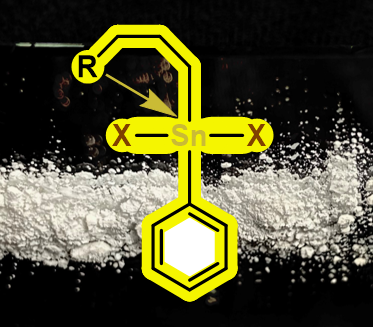
Synthesis and Characterization of Novel Hypercoordinate Tin Compounds
Hypercoordination increases the stability of polystannanes to light and moisture, allowing them to be stored at ambient temperatures for long periods of time without risk of degradation. Our main objective is to expand the polystannanes library by synthesizing a variety of hypercoordinate tin compounds containing nitrogen, oxygen, or phosphine chelating ligands to explore their relative stability.
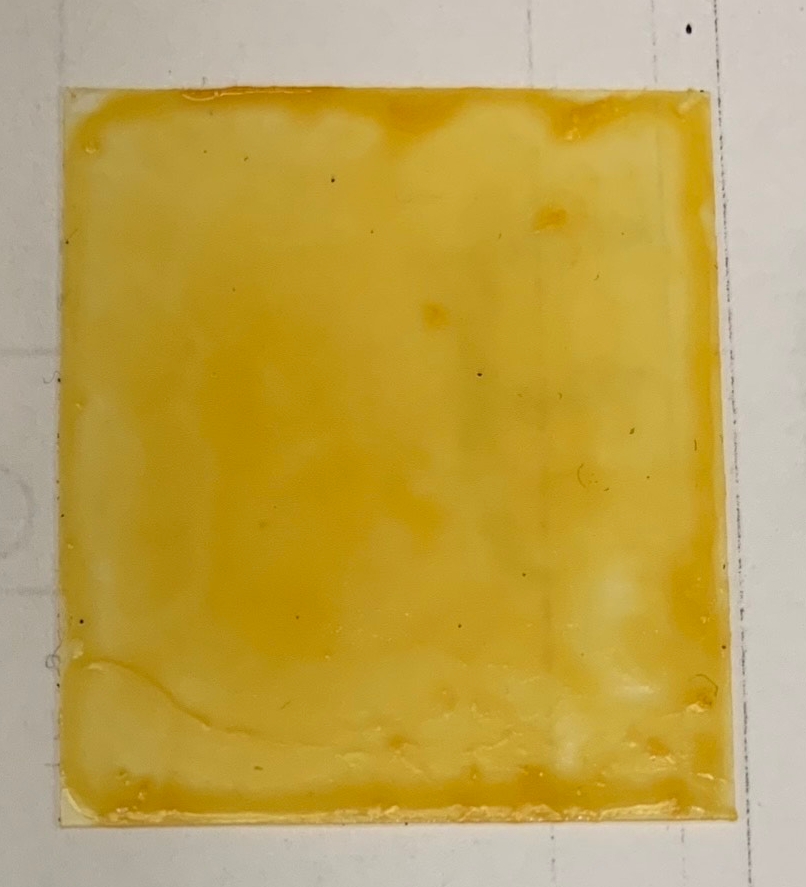
Utilizing Polystannanes as Molecular Wires
Polystannanes are known to have a low band gap, giving them intrinsic semiconductive properties and an edge over other group 14 polymers. We are interested in utilizing our structurally stabilized polystannanes as polymer films for their potential application as molecular wires.
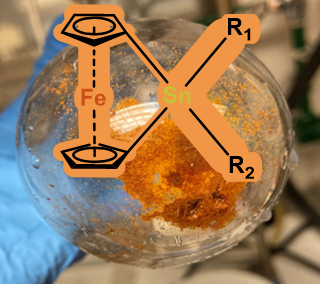
Preparation of Novel Ferrocenyl Stannanes
Ferrocenyl stannanes possess interesting thermal, electronic, and structural properties that provide advantages in these areas over other ferrocenyl compounds. Our goal is to synthesize and characterize novel substituted and bridged ferrocenyl stannanes containing nitrogen or carbon chelating ligands to further explore these properties.

Preparation of Novel Quaternary Onium Antimicrobial Compounds
Common touch surfaces can provide a breeding ground for bacteria to grow and infect immunocompromised individuals. Protecting these surfaces from microbial proliferation can prevent the persistance of these pathogens, thereby reducing the need for overusing disinfectants and antibiotics to remove these biofilms. We aim to prepare novel monomeric and polymeric antimicrobials containing quaternary onium compounds utilizing benzophenone or phosphonate esters as a tethering agent.
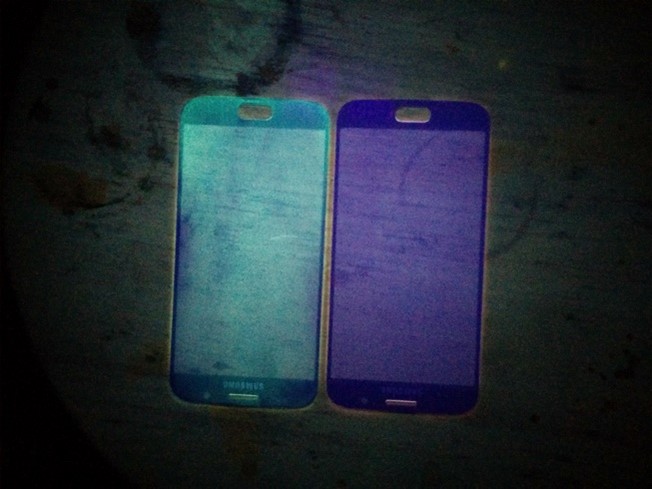
Adhesion of Antimicrobial Compounds to Porous and Non-Porous Surfaces
To fully prevent the formation of biofilms, antimicrobial coatings must be able to adhere to a variety of common touch surfaces to repel or kill pathogens that come into direct contact with these surfaces. We are looking into developing new techniques to efficiently graft our antimicrobial coatings onto various porous and non-porous surfaces to ensure maximum protection against these biofilms.
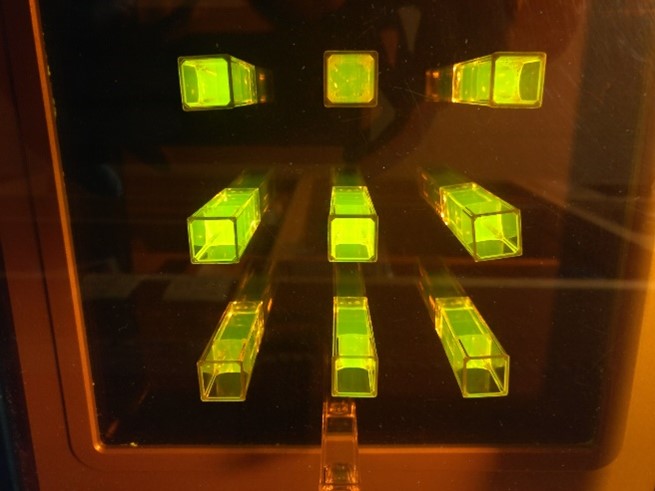
Development of New Protocols to Test for Antimicrobial Efficacy
To determine the antimicrobial efficacy and proper application of our coatings, the correct protocol must be utilized. We are currently optimizing our testing methods to ensure they accurately portray the prevention of biofilm formation on common touch surfaces and best represent the applications of our antimicrobial coatings.